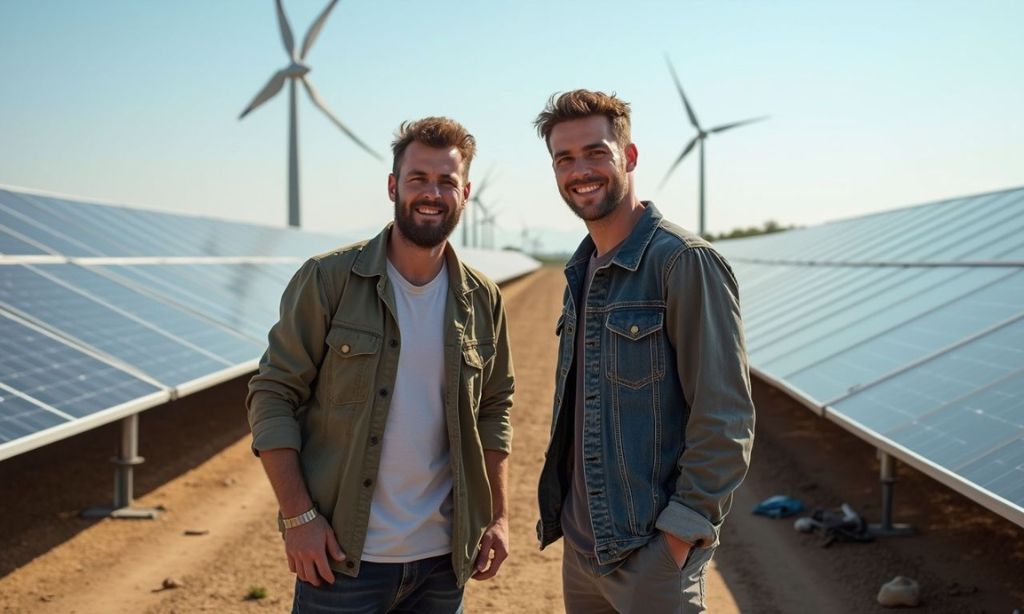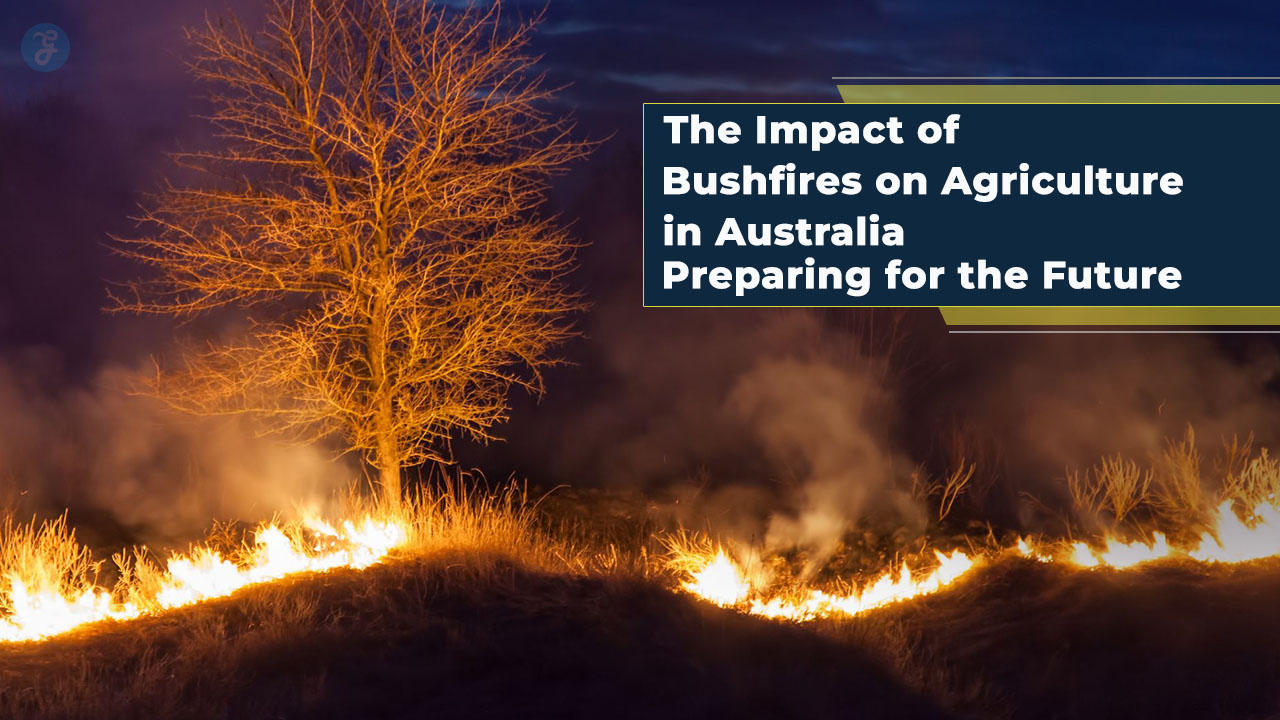The world is changing fast, and so are the jobs that keep it running. Many people worry about finding work that matters, pays well, and helps the planet. The good news? The Green Collar Revolution is here, turning these worries into opportunities.
Jobs in clean energy, sustainable farming, and green building are booming. In fact, job postings now need 24% more green skills than they did in 2015. This blog will show you how these jobs fight climate change while creating a brighter future for workers.
Ready to learn where the future of work is headed?
Key Takeaways
- Green jobs are booming fast. By 2030, over 20 million new renewable energy jobs could open globally with $630 billion in investments. The U.S. may see 2+ million clean-energy jobs by 2038. These roles—like solar techs and wind turbine workers—cut CO₂ emissions (nuclear power emits just 3 grams per kWh vs. coal’s 700).
- Only 12.5% of workers have green skills, but they get hired more. LinkedIn reports job postings now need 24% more green skills than in 2015. China’s forest projects employ 1.8 million workers and have absorbed 22 gigatons of CO₂ since 1973.
- Sustainable farming and forestry fight climate change. Organic farmers ditch chemicals, while China’s forestry could store 28 gigatons of CO₂ by 2033. The U.N. says restoring forests worldwide may create 10 million jobs.
- Green building retrofits are key. The U.S. expects thousands of jobs from upgrading old buildings by 2038. New Zealand’s low-carbon shift relies on construction workers—40,000 jobs may come by 2050.
- Skills gaps slow progress. Demand for green talent grows twice as fast as supply. Workers need training in solar tech, environmental policy, and data skills. Blockchain could help track on-the-job learning.
What Are Green Collar Jobs?
Green collar jobs are roles that help protect the planet while earning a paycheck. These jobs focus on sustainability, clean energy, and reducing carbon emissions. Solar technicians install panels, environmental lawyers fight for climate action, and waste management workers keep trash out of landfills.
The term “green collar” first appeared in 1976 when Patrick Heffernan wrote about jobs for the environment. By 2007, the U.S. Green Jobs Act pushed for training in renewable energy fields like wind power and green building design.
Barack Obama later promised 5 million green jobs in 2008 to boost the low-carbon economy. Today, these roles span from organic farming to recycling industry work—all key to a sustainable future.
The Role of Green Collar Jobs in a Net-Zero Economy
These jobs power wind farms, solar grids and eco-friendly buildings. Workers plant trees, design battery storage systems and retrofit homes to save energy.
Renewable Energy Sector: Solar panel installers, wind turbine technicians and hydropower engineers keep lights on with clean power. They fix geothermal pumps that heat schools during winter.
Sustainable Agriculture: Organic farmers ditch chemicals for compost piles full of worms. Urban growers turn rooftops into strawberry patches using rainwater collection tanks.
Green Building and Construction: Insulation crews wrap houses like cozy sweaters to slash heating bills. Architects sketch blueprints with triple-pane windows and recycled steel beams.
Renewable Energy Sector
The renewable energy sector is booming fast—jobs like solar technicians are popping up everywhere! By 2030, over 20 million new positions could open worldwide if we hit that $630 billion investment mark! That’s huge!
In America alone,2+ million clean-energy gigs might land by 2038. And get this—nuclear power? It spits out just 3 grams (yes!)of CO₂ per kilowatt-hour vs.700 gramsfrom coal plants! Even China’s been hustling on solar since way back—the ‘90s called,and they answered big time.Tax perks help too; think lower VAT rates plus cash boostsfor recycling projects.Wind farms,solar grids…this train ain’t slowing down anytime soon folks!
Sustainable Agriculture
Sustainable agriculture is a key player in the green-collar revolution. Organic farmers, part of this workforce, grow food without harmful chemicals, protecting soil and water. China’s forestry projects show how big the impact can be—980,000 workers focus on natural forest conservation, while 1.8 million work in forestry jobs.
These efforts help fight climate change by storing carbon.
Forests in China have soaked up 22 gigatons of CO2 since 1973, with potential to store 28 gigatons by 2033. The U.N. estimates restoring forests worldwide could create 10 million green jobs.
Sustainable farming and forestry cut carbon emissions and boost the green economy. Workers here need skills like soil management and eco-friendly practices to keep our future clean and secure.
Green Building and Construction
Green building architects lead the charge in reshaping cities for a cleaner future. They design energy-efficient structures that cut carbon emissions drastically. New Zealand’s push for low-carbon living relies heavily on skilled workers in this sector.
The U.S. expects retrofitting old buildings to create thousands of green-collar jobs by 2038. These roles span from installing solar panels to upgrading insulation systems. Every refurbished office tower and apartment complex brings us closer to net-zero targets, while putting people back to work with purpose-filled paychecks.
Essential Skills for the Green Collar Workforce
To thrive in green jobs, workers need a mix of hands-on skills, like solar panel installation, and smart thinking, like analyzing energy data.
Want to learn what it takes? Keep reading!
Technical and Engineering Skills
Green-collar workers need strong technical and engineering skills. Jobs in renewable energy, like solar and wind, require hands-on expertise. Workers must install, maintain, and improve clean energy systems.
STEM skills are in high demand for these roles.
LinkedIn’s 2023 report shows job postings now ask for 24% more green skills than in 2015. Engineers in this field design efficient solutions for energy production. They also help cut carbon emissions.
The demand for these jobs grows twice as fast as the talent pool. This gap means skilled workers have more opportunities. Digital and data skills also play a key role in managing energy systems.
Digital and Data Literacy
Green jobs need workers who can handle tech. Digital and data skills are key for roles like environmental consultants and waste managers. Only 12.5% of workers have green skills, but they get hired more often.
Blockchain helps track skills gained on the job, making it easier to prove expertise. Modular training breaks down complex topics, helping workers learn fast. These tools prepare people for the clean energy shift without wasting time.
Environmental Policy Knowledge
Knowing environmental policy is key for green jobs. Lawyers and consultants need it to help businesses follow rules. Public-private partnerships can train workers in these policies, making them more skilled.
Schools must teach environmental policy better. Quintini says understanding regulations helps workers support the green transition. This knowledge cuts carbon emissions and boosts clean energy growth.
It’s vital for a low-carbon economy.
Global Trends in Green Collar Employment
Solar and wind jobs are booming worldwide, with China and the U.S. leading the charge. Electric vehicle factories and energy-efficient building projects are also hiring fast, changing how entire cities work.
Growth in Renewable Energy Jobs
The renewable energy sector is booming, creating millions of jobs worldwide. Here’s a snapshot of the growth:
| Key Area | Growth Data |
|---|---|
| Global Job Creation | 20 million jobs expected by 2030 with $630 billion in investments. |
| U.S. Employment | 2.81 million jobs in renewable electricity by 2038. |
| China’s Solar Industry | Active since the 1990s, with tax incentives like VAT cuts and recycling subsidies. |
| Job Types | Solar technicians, renewable energy engineers, and more. |
Countries are racing to train workers for these roles. The demand for technical skills, like solar panel installation, is skyrocketing. China’s policies, including clean production incentives, show how governments can fuel job growth. The U.S. projects highlight the long-term potential. This isn’t just about energy—it’s about rebuilding economies.
Regional Impacts of the Green Transition
Many places are seeing big changes because of green jobs.
| Region | Impact | Example |
|---|---|---|
| United States | Metro areas gain most jobs | New York City, Houston lead |
| China | Focus on low emissions | High output, less waste |
| New Zealand | 40,000 jobs by 2050 | But 3,000 lost without action |
| Asia Pacific | $47 trillion boost possible | 180 million new jobs |
Challenges in Building a Green Collar Workforce
Training workers for green jobs takes time, and many lack the right skills today. Old industries still rely on fossil fuels, making the shift to clean energy a tough climb.
Companies struggle to find people who know solar tech or wind power inside out. Governments must step up with better policies and funding to close this gap fast.
Skills Gap
The green job market is booming, but workers lack the right skills. Demand for green talent is growing twice as fast as the supply. Only 12.5% of workers have green skills, yet they get hired more often.
LinkedIn found job postings now ask for 24% more green skills than in 2015. Most workers could switch to green jobs, but they don’t see their own skills as “green.” Key skills like critical thinking and active listening matter for these roles.
Blockchain tech could help bridge the gap by validating skills gained through experience. Many workers already know energy efficiency or pollution prevention but don’t label them as green skills.
The workforce needs training in renewable energy, environmental policy, and digital literacy. Without these changes, the green transition will slow. Companies must focus on employee retention and better workforce development.
Policy and Infrastructure Needs
Building a strong green collar workforce needs smart policies and better infrastructure. Governments must push education reform to teach skills like environmental policy and clean energy tech.
Public-private partnerships can help workers learn fast, with programs like modular training for quick job readiness. Tax breaks, like China’s VAT cuts for recycling firms, also boost green industries.
Infrastructure gaps slow the shift to a low-carbon economy. Workers need updated grids, efficient transport, and modern waste management systems to support new-energy jobs. Adaptive policies are key—like retraining coal power plant employees for wind or solar roles.
Without these steps, the skills gap will keep hurting progress toward emission reductions and climate goals.
Takeaways
The green collar revolution is here, and it’s changing how we work. Jobs in solar, wind, and eco-friendly building aren’t just good for the planet—they put food on tables too. Workers with skills in clean energy or recycling will find doors opening wide.
Every new green job helps cut pollution while boosting local economies. The future shines bright for those ready to roll up their sleeves and build it.
FAQs on Green Collar Revolution
1. What is the Green Collar Revolution?
The Green Collar Revolution is a movement creating jobs in clean energy, waste management, and green buildings. It fights climate change while boosting the economy.
2. How do green jobs help the environment?
Green jobs, like those in wind energy and energy efficiency, lower carbon emissions. They replace fossil fuels with renewable energy to limit global warming.
3. Who benefits from the green economy?
Workers, businesses, and communities all win. Public-private partnerships create jobs, improve energy security, and support environmental justice.
4. What skills do green collar workers need?
They need training in solar power, recycling, and green technology. The goal is to build a low-carbon economy with skilled labor.
5. Can the Green Collar Revolution really make a difference?
Yes. By shifting from coal power plants to clean energy, we cut greenhouse emissions. Every green job helps fight climate change.









































